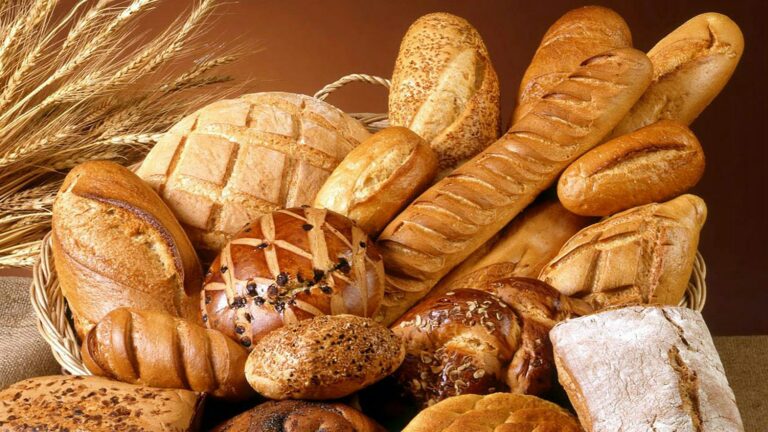What is Fructose Intolerance?
What is fructose intolerance or sensitivity?
There are two kinds of Fructose Intolerances.
The first is Mild Fructose Intolerance or Fructose Malabsorption and it is experienced in about 1 in 3 people. The other is Hereditary Fructose Intolerance which can be dangerous if left undiagnosed. They both lead to malabsorption illnesses, but can be easily treated with a Fructose-free Diet.
What is Hereditary fructose intolerance?
People with hereditary fructose intolerance, a rare genetic disorder, lack an enzyme that breaks down fructose. This serious disorder, which is usually diagnosed at a young age, can lead to liver and kidney damage.
What is Fructose malabsorption?
People with fructose malabsorption have difficulty digesting fructose. This is a less serious disorder because it doesn’t result in liver or kidney damage. But it can cause abdominal pain, gas, bloating, diarrhea…
What are the symptoms of fructose intolerance?
- Gastrointestinal distress: flatulence, bloating, diarrhea
- Tiredness, Chronic fatigue
- Malabsorption issues: low iron (anaemia), osteoporosis or other nutrient deficiency
- Sugar cravings
- Poor skin, nails and hair
- Irritable Bowel Syndrome
- For Fructose Intolerance (the more common type) there is clinical evidence associating it with mood disturbances and depression
The symptoms of both types of Fructose intolerance are very similar to Lactose Intolerance so they can be mistaken for one another. You cannot diagnose your food intolerance from symptoms alone.
Which food to avoid?
The list can go on and on. However, if you are suffering from Hereditary Fructose Intolerance you should consult your doctor for details. In other cases, you can avoid food items below to heal your body. After avoiding these items for a few months you can slowly reintroduce some items back in moderation to figure your limits.
Vegetables to Avoid:
Beets
Carrots
Corn
Eggplant
Onions
Peas
Sweet potatoes
Tomatoes
Turnips
Winter squash
Recommended Fruits: only once or twice a week
Avocado (1)
Cranberries (¼ – ½ cup)
Lemons (1)
Limes (1)
Rhubarb (¼ – ½ cup)
Try after 2 months of low fructose diet (1/4 – 1/2 cup)
Blueberries
Strawberries
Raspberries
Orange sections
Fruits to Avoid:
Other fruit
Fruit juice or drinks
Other jam and jelly
Milk Products to Avoid:
Chocolate milk, sweetened with high fructose corn syrup
Sweetened condensed milk, sweetened with high fructose corn syrup
Yogurt; fruited, sweetened with high fructose corn syrup or Splenda
Ice Cream made with corn syrup
Miscellaneous to Avoid:
Vinegar, apple cider
Tomato based sauces; catsup, salsa, pizza, spaghetti
Soy sauce
Spices to Limit or Avoid:
Chervil
Coriander
Dill weed
Garlic; fresh, powder, salt
Ginger
Hot chili pepper
Onion; fresh, powder, salt
Parsley
Proteins to Avoid:
Legume products other than these: Chick peas (garbanzo beans) ¼ – ½ cup,
Lentils ¼ cup, Lima beans ¼ cup, Mung beans, ¼ cup
Meat; processed with honey or brown sugar, commercially breaded
Nuts other than pistachios
Beverages to Avoid:
Beer
Carbonated beverages, sweetened; diet, citrus based
Chocolate milk, sweetened
Juice; cider, fruit drinks, vegetable
Powdered drinks, sweetened
Wine, sweet
Sugars to Avoid:
Agave syrup
Brown sugar
Caramel
Fructose
High fructose corn syrup
Honey
Invert sugar
Maple syrup
Molasses
Palm sugar
Sugar substitutes
Splenda (Sucralose)


One Comment
Comments are closed.